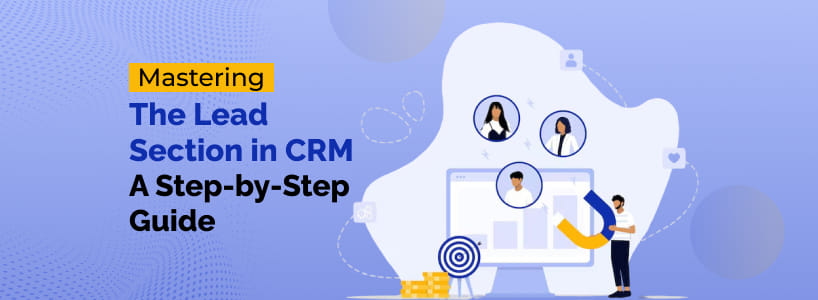For any business, especially in the B2B domain, converting inquiries into paying customers is key. The lead section of your CRM (Customer Relationship Management) tool plays a pivotal role in managing potential clients and streamlining communication. If used effectively, it can significantly improve your sales pipeline and revenue. Heres a step-by-step guide to help you master the lead section in CRM.
Step 1: Understand What a Lead Is
A lead in CRM refers to an individual or company that has shown interest in your product or service but hasnt yet qualified as a customer. Leads may come from various sourceswebsite inquiries, trade shows, social media, or third-party B2B portals like ExportersIndia Reviews (insert actual link).
Step 2: Capture Leads Effectively
Most modern CRMs allow integration with websites and landing pages to automatically capture inquiries. Make sure your lead capture forms are:
- Short and relevant
- Easy to navigate
- Integrated with your CRM platform
Dont forget to assign lead sources correctlyit helps in future analysis.
Step 3: Qualify Your Leads
Not all leads are sales-ready. Use predefined criteria like budget, location, or purchase timeline to segment leads. This step is crucial for sales teams to focus on high-potential prospects. You can also implement lead scoring systems to automate the qualification process.
Step 4: Assign Leads to the Right Team Member
Lead assignment should be based on geography, product knowledge, or lead score. Proper distribution ensures timely follow-ups and increases conversion chances.
Step 5: Nurture Leads Through Follow-Ups
Leads often require multiple touchpoints before conversion. Use CRM features like:
- Task reminders
- Email templates
- Call tracking
Sending personalized and timely communication builds trust. Automated email sequences can help keep prospects engaged without manual effort.
Step 6: Convert or Archive
Once a lead is ready to move forward, convert it into an opportunity or customer within the CRM. For leads that dont respond after repeated efforts, archive them with detailed notesthey may return in the future.
Step 7: Analyze and Improve
Regularly review your CRM reports to understand:
- Which sources provide the best leads
- Average response time
- Conversion rates
This analysis helps in improving your lead strategy over time. Platforms offering Affordable CRM Solutions for Small Business can offer these features without high costs.
Conclusion
Mastering the Lead Section in CRM isnt just about collecting contactsits about building relationships and converting interest into business. With structured steps and continuous improvement, your CRM can become your most powerful sales tool.
